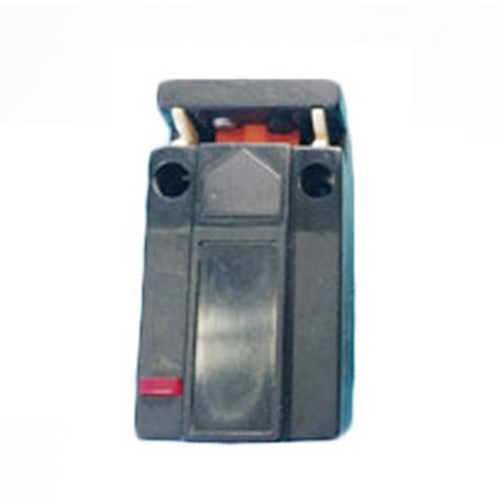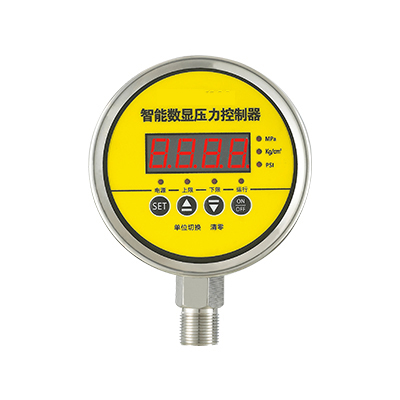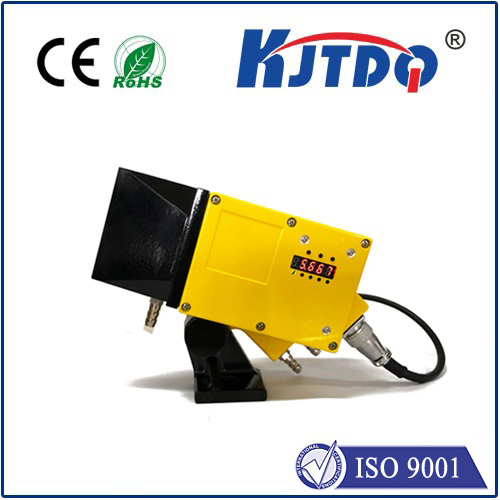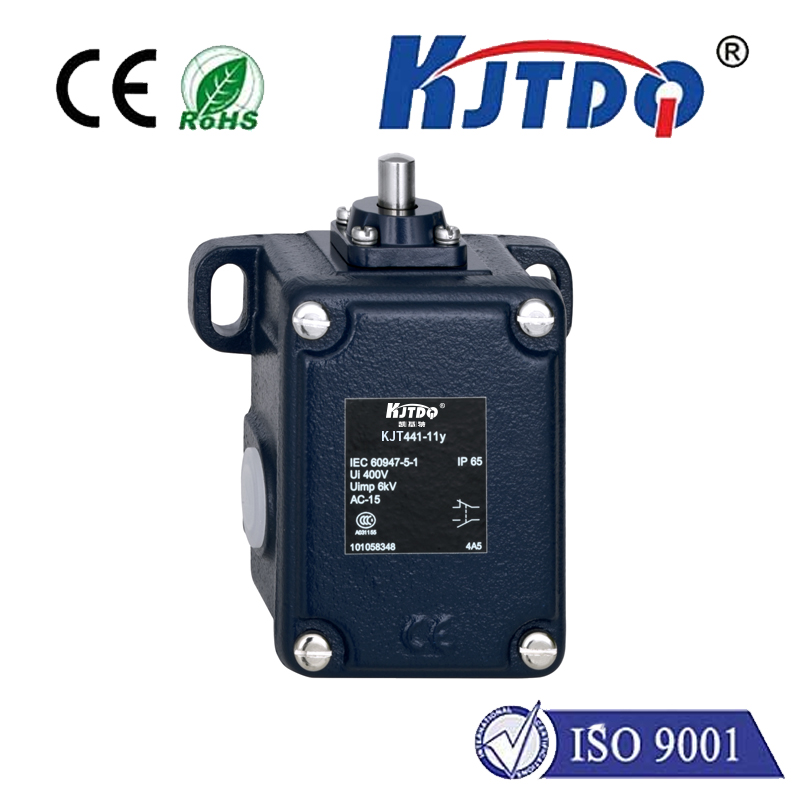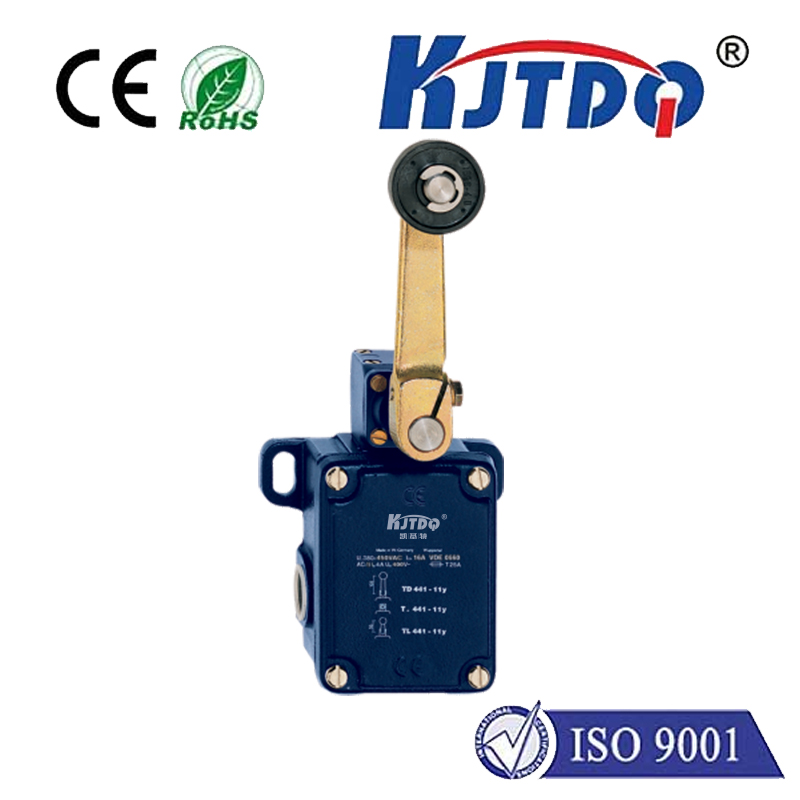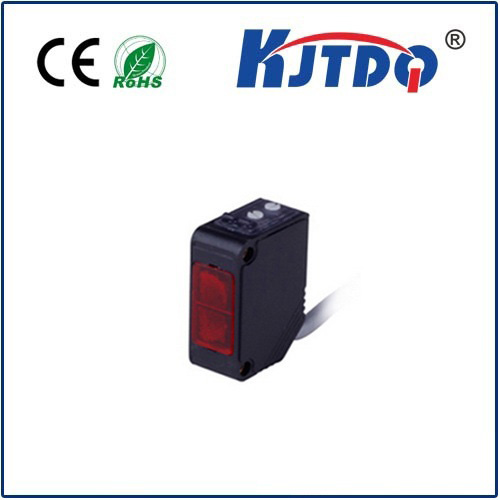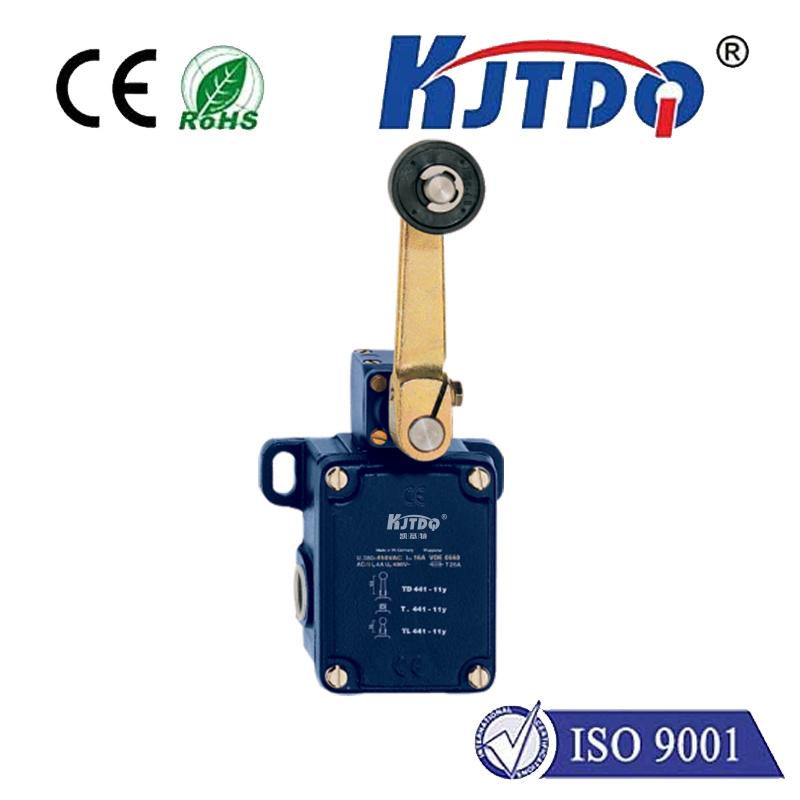

check

check

check

check

check

check

check

check

check

check

Title: The Marvel of Diffuse Reflective Sensors in Modern Sensing Technology In the ever-evolving realm of technology, diffuse reflective sensors have emerged as a revolutionary tool, transforming the way we interact with the world around us. These sophisticated devices are designed to detect and measure physical quantities such as distance, motion, color, and intensity by bouncing light off surfaces and analyzing the reflected beams. Let’s delve into the intricate world of diffuse reflective sensors to understand their significance and applications in our daily lives. Introduction to Diffuse Reflective Sensors Diffuse reflective sensors work on the principle of optical reflection. Unlike specular reflection that produces a mirror-like reflection, diffuse reflection scatters light in multiple directions. When a light beam from the sensor hits an object’s surface, it gets scattered uniformly, and some of this reflected light is captured back by the sensor. By measuring the amount of light that returns to the sensor after hitting an object, these sensors can determine various properties of the detected surface or object. Working Mechanism and Advantages These sensors typically consist of an infrared LED that emits light towards an object and a photodiode that captures the reflected light. The separation between emitter and detector allows for the pickup of diffusely reflected light. Key benefits of using diffuse reflective sensors include high accuracy, reliability, and the ability to function effectively over a wide range of distances and environmental conditions. Applications in Everyday Life The application scope of diffuse reflective sensors is vast and varied. In the field of robotics, these sensors enable machines to避障, navigate through complex environments, and recognize objects. In industrial automation, they are used for precision tasks like product inspection, packaging, and quality control. Furthermore, diffuse reflective sensors find uses in security systems, automotive parking aids, and even in household appliances to enhance convenience and functionality. Advancements and Future Prospects With continuous research and development, the capabilities of diffuse reflective sensors are expanding. Innovations such as improved algorithms for better signal processing, integration with artificial intelligence, and miniaturization for portable devices are on the horizon. As these advancements take shape, we can expect even more innovative applications and an increased reliance on this technology in diverse sectors. Conclusion Diffuse reflective sensors represent a pinnacle of sensing technology, bridging the gap between the physical world and digital interaction. Their adeptness at capturing subtle nuances of light reflection makes them indispensable in various industries and everyday applications. As we move forward, the refinement and expansion of this technology will undoubtedly open new doors, making our interactions with technology more intuitive, efficient, and integrated into the fabric of our daily lives.

